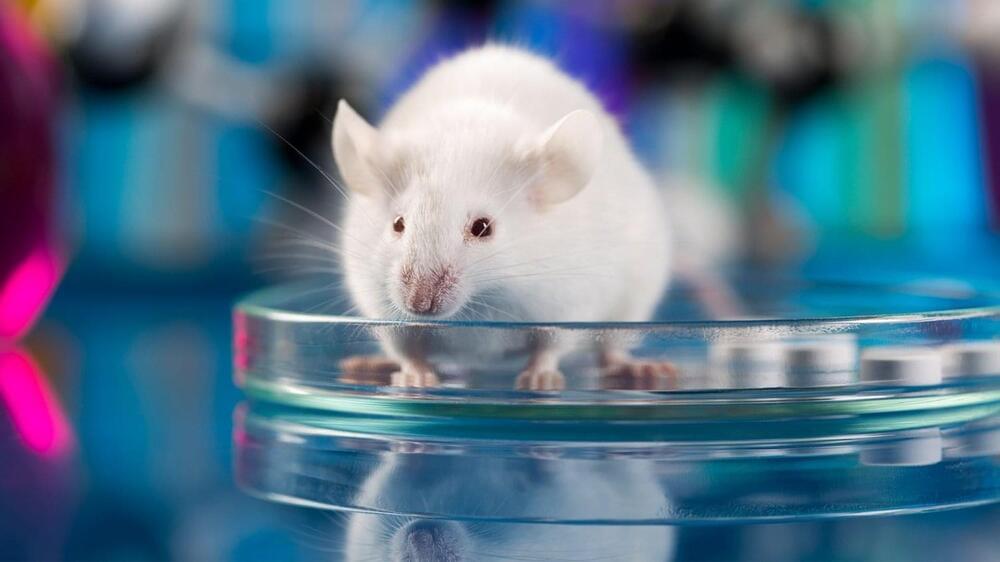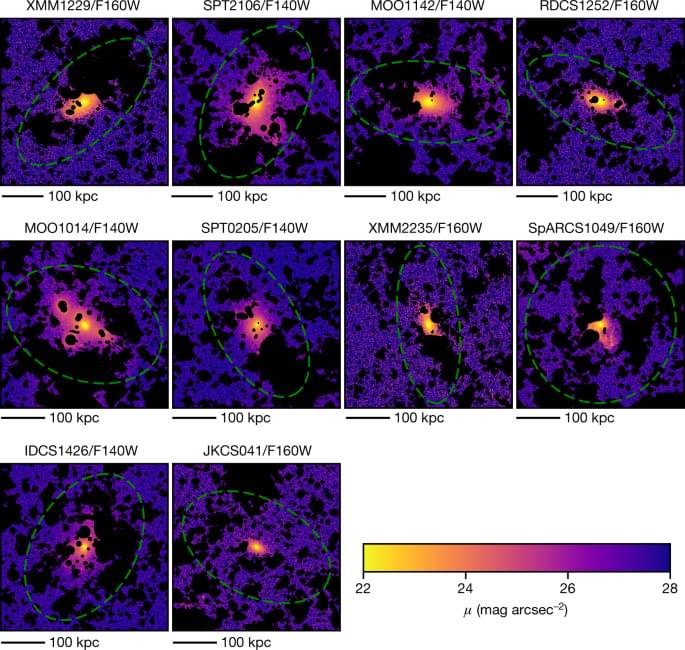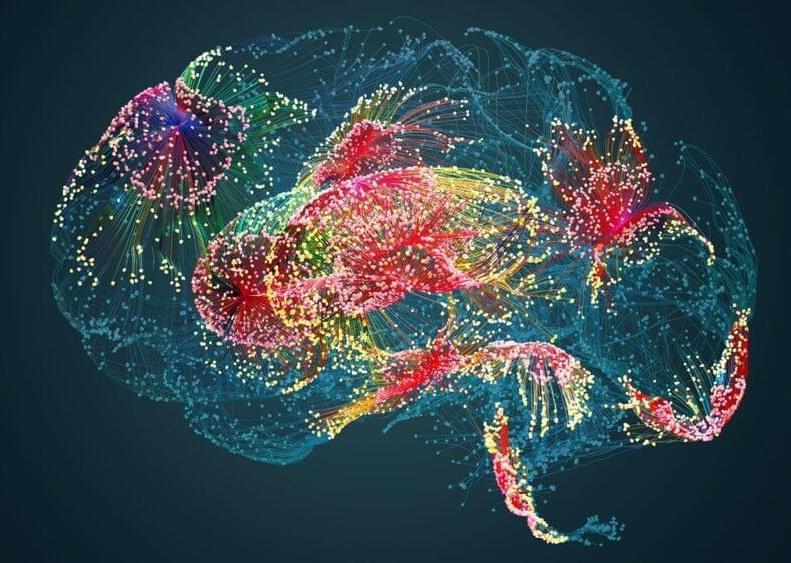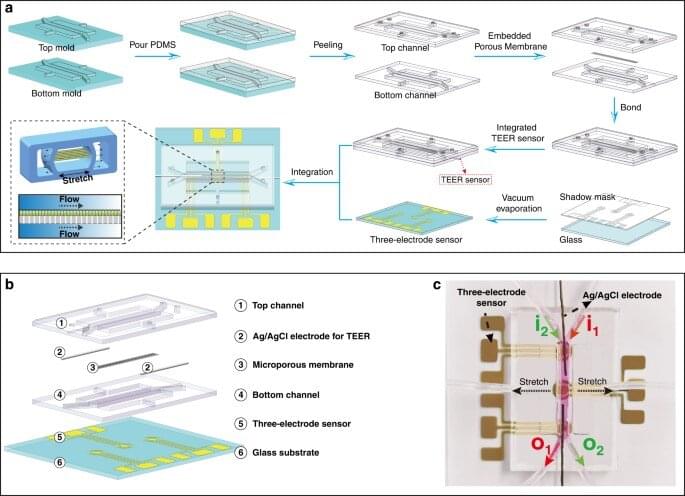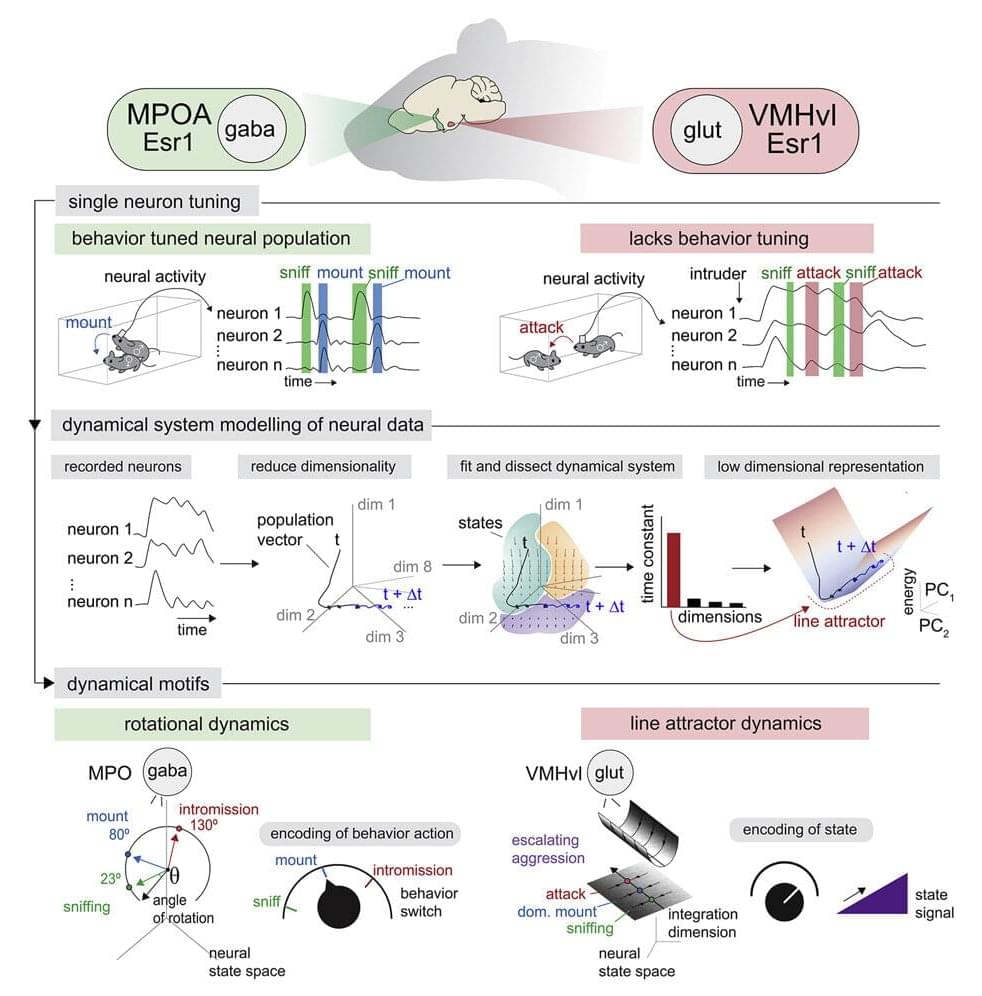Point-of-care diagnoses occur when a doctor can quickly diagnose a patient during an examination without sending biological samples to a laboratory or consulting with other specialists. The stress and anxiety that can come with waiting for the results of medical testing, and the cost associated with in-depth laboratory testing, make point-of-care testing a gold standard. However, point-of-care diagnostics remain rare in oncology.
Research shows that women suspected of endometrial cancer experience stress and anxiety while waiting for a confirmed diagnosis. While the procedures and waiting time associated with endometrial cancer diagnoses vary, endometrial biopsies can take weeks to return results. Of added concern, since most endometrial cancers require surgical intervention, usually a hysterectomy, delays in diagnosis lead to delays in treatment. Indeed, these surgical delays can negatively impact survival. Thus, rapid endometrial cancer diagnostic strategies would significantly improve patient care.
To address the need for new, more efficient endometrial cancer diagnostics, a group of researchers initiated a study to assess the ability of an intelligent knife (iKnife) to identify malignancy in endometrial tissue biopsies. The researchers published the results of the study in the journal Cancers.

